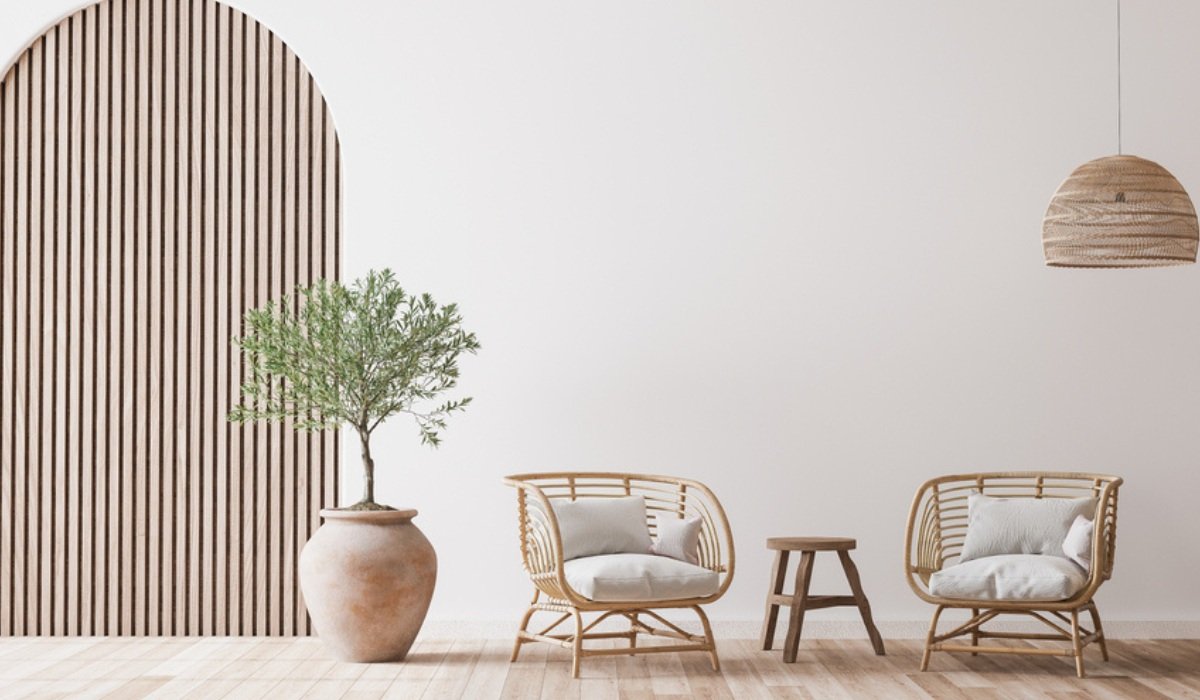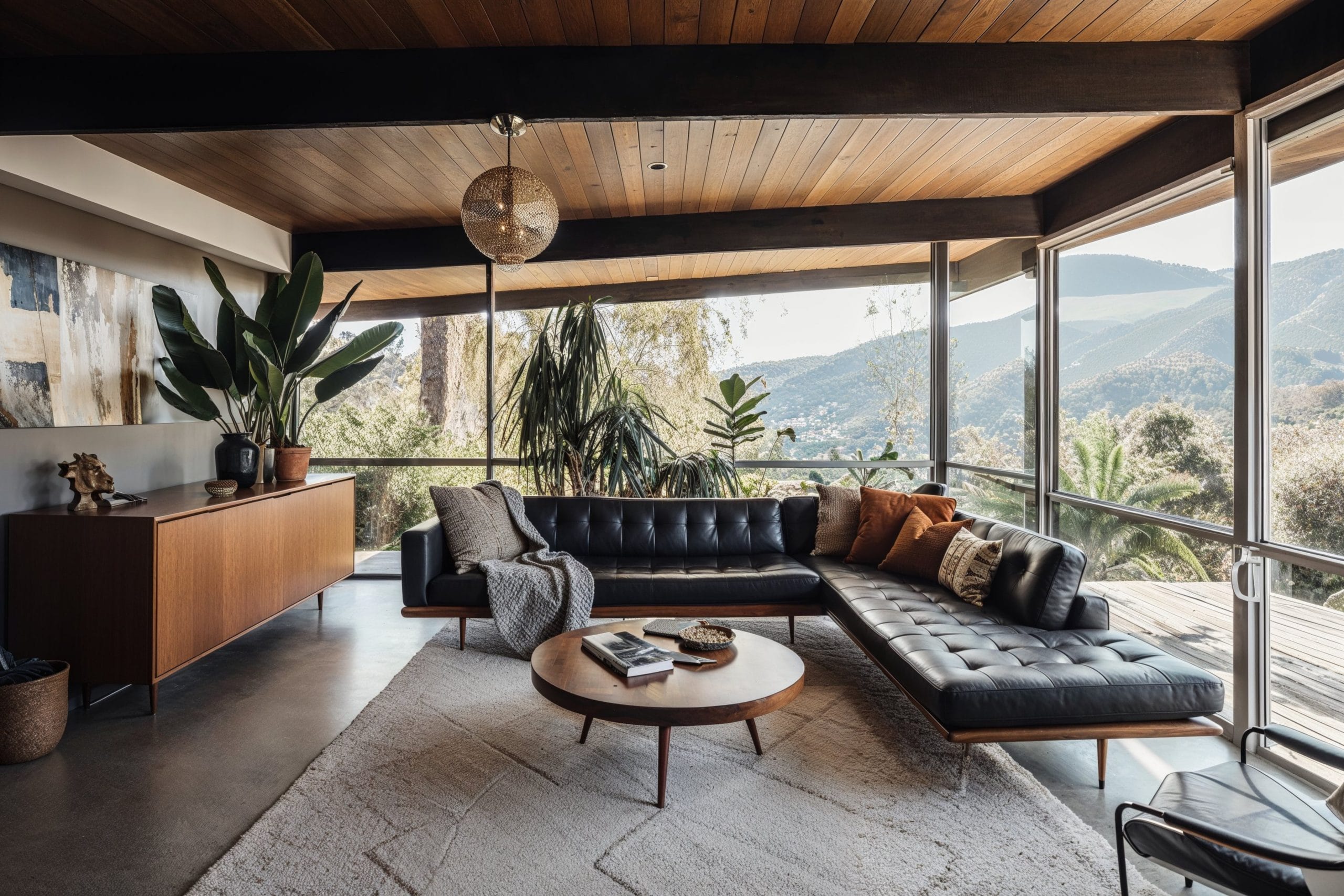Check Out Cutting-edge Solutions in Interior Architecture Miami
Why Recognizing the Principles of Interior Decoration Is Essential for Effective Area Preparation
Recognizing the principles of indoor layout is fundamental to reliable space planning, as it lays the foundation for producing settings that balance performance with aesthetic allure. Important elements such as flow, percentage, and equilibrium are not simply ornamental factors to consider; they are critical in maximizing just how an area is used.
Significance of Space Planning
Area planning is a fundamental facet of interior decoration that significantly affects the performance and looks of an area. It involves the critical plan of furnishings, components, and architectural components to enhance the use of readily available area while enhancing the general user experience. Reliable area planning addresses different factors, consisting of flow, access, and the certain needs of the passengers.
One of the key benefits of area preparation is its ability to enhance spatial efficiency. Luxury Interior designer Miami. By thoughtfully organizing a design, designers can make sure that every location serves a purpose, lowering clutter and advertising a sense of order. Additionally, appropriate space preparation promotes an unified environment, permitting for smooth movement and communication within a room
Furthermore, effective room planning takes into consideration all-natural light, sightlines, and the partnership between different locations. This all natural approach not only raises the visual appeal but likewise adds to the health and productivity of the residents. Eventually, a well-executed area strategy contributes in developing a balanced and inviting environment, making it necessary for any kind of interior decoration project.
Secret Concepts of Interior Decoration

One fundamental principle is balance, which can be in proportion, unbalanced, or radial. Balanced balance develops a sense of order, while asymmetrical equilibrium uses an extra vibrant aesthetic appeal. Another vital concept is percentage and range, guaranteeing that the size of furniture and design components relate sympathetically to each various other and the general room.
Color theory likewise plays a considerable duty, affecting state of mind and perception. Developers utilize color palettes to stimulate details feelings and improve the spatial experience. Furthermore, the concept of rhythm involves producing a feeling of activity through repeating of shapes, patterns, or shades, assisting the eye throughout the room.
Lastly, the principle of emphasis directs focus to focal points, enabling for a clear story within the style. Interior architecture Miami. By sticking to these vital concepts, indoor developers can develop atmospheres that not only meet practical demands however likewise reverberate with the passengers on a psychological degree
Effect on Performance and Flow

The plan of furnishings, the selection of products, and the assimilation of modern technology all play critical roles in achieving optimal performance. As an example, positioning seating locations in proximity to workspaces can facilitate communication and collaboration, thereby enhancing productivity. In addition, making sure that pathways are unobstructed and clear permits reliable activity, minimizing congestion and advertising a natural circulation throughout the space.
In addition, integrating elements such as illumination and shade can even more assist in delineating locations, making it easier for people find this to browse their environment. Thoughtful room planning thinks about not just the physical aspects of layout however also how customers connect with their environments. Ultimately, a concentrate on capability and flow not just enhances the user experience yet likewise boosts the general effectiveness of the room, creating a navigate here setting that meets the needs of its passengers while cultivating a feeling of consistency and balance.
Enhancing Aesthetics and State Of Mind
3 crucial elements-- shade, illumination, and structure-- play critical roles in improving the aesthetic appeals and state of mind of an interior space. Color establishes the emotional tone; warm hues like reds and oranges evoke energy and warmth, while cooler tones such as blues and greens advertise peace and peace. Picking an unified shade scheme can change an area, developing a natural and aesthetically attractive environment.
Structure includes deepness and interest, contributing to the tactile experience within a space. A mix of appearances-- smooth surface areas, deluxe materials, and natural materials-- can produce aesthetic intrigue and boost convenience. As an example, pairing a soft velvet sofa with a smooth glass coffee table can produce a well balanced visual that welcomes interaction.
Lights, commonly a neglected component, substantially influences mood. Natural light fosters an open, ventilated ambience, while purposefully put man-made illumination can create warmth and emphasize building features. Dimmer switches make it possible for flexibility, permitting adjustments to match numerous activities or times of day.
Integrating these three components thoughtfully not only boosts the aesthetic appeal of an area yet also cultivates an atmosphere that reverberates with its designated purpose, inevitably enhancing the overall experience for its occupants.
Practical Applications in The Real World
Applying indoor style principles in the real world needs a thoughtful strategy that find this incorporates shade, structure, and lighting right into everyday rooms. By understanding just how these aspects collaborate, individuals can produce atmospheres that are not just aesthetically enticing yet unified and also practical.
For instance, in a little living location, utilizing a light shade palette can make the room really feel bigger and extra open. Strategic usage of mirrors can enhance all-natural light and develop an impression of deepness. Including numerous appearances via fabrics, such as paddings and carpets, can add warmth and interest without overwhelming the senses.
Lighting plays a crucial role in defining the ambience. Split lighting, being composed of ambient, job, and accent options, allows adaptability in state of mind setups. In an office, for example, a combination of all-natural light, workdesk lights, and decorative fixtures can boost performance while keeping an inviting ambiance.
Moreover, recognizing spatial partnerships and furniture arrangement can bring about enhanced performance. By sticking to principles such as balance and percentage, one can make sure that spaces offer their desired objective while staying aesthetically pleasing. On the whole, functional applications of interior layout concepts considerably enhance the livability and appeal of any atmosphere.
Conclusion
Finally, understanding the concepts of interior decoration is crucial for reliable room preparation, as it promotes a balance in between capability and looks. By using essential ideas such as percentage, color concept, and circulation, developers can create environments that improve both use and visual allure. Eventually, this expertise adds to the growth of spaces that not just fulfill useful demands yet likewise raise the overall ambience, bring about even more pleasurable and efficient experiences for users.
Comprehending the concepts of indoor design is essential to reliable space planning, as it lays the groundwork for developing atmospheres that harmonize capability with aesthetic appeal.Room planning is a basic element of interior design that substantially affects the capability and aesthetics of a room. Additionally, correct area preparation promotes an unified setting, allowing for seamless movement and interaction within a space.
Furthermore, the principle of rhythm includes producing a sense of motion with repeating of colors, shapes, or patterns, guiding the eye throughout the space.
In verdict, recognizing the concepts of indoor layout is critical for reliable room preparation, as it cultivates a balance in between capability and appearances.